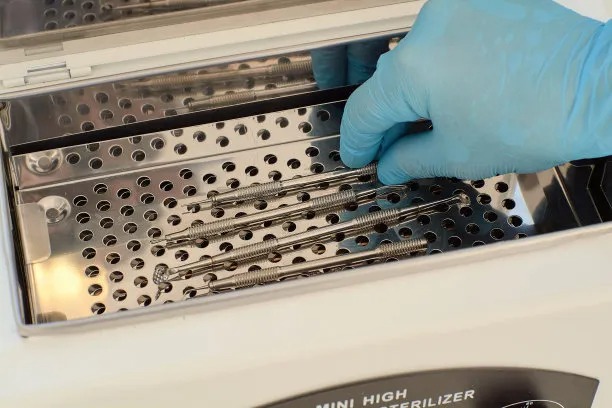Understanding the Process and Aftercare of Extracting a Tooth for Optimal Oral Health and Comfort
Summary: Tooth extraction is a common dental procedure often required for various reasons, including severe decay or overcrowding. This article delves into understanding the tooth extraction process, the various techniques used, what patients can expect during the procedure, and the critical aftercare guidance to ensure optimal oral health and comfort post-extraction. By exploring the entirety of the extraction process and aftercare, individuals can approach this often-dreaded procedure with greater confidence and knowledge, minimizing discomfort and facilitating a speedy recovery.
1. Insight into the Tooth Extraction Process

The process of tooth extraction begins with a thorough examination by the dentist, which typically involves digital X-rays to assess the tooths condition and the surrounding bone structure. Understanding the underlying issues prompting extraction, such as infection or damage, is crucial for a safe procedure. Based on this evaluation, the dentist determines the best extraction method—simple or surgical.
A simple extraction involves removing a tooth that is visible above the gum line. This method is usually straightforward and performed using local anesthesia to numb the area and ensure the patient feels little to no pain during the process. In contrast, surgical extractions may be necessary for teeth that are broken or impacted, and these might require more advanced techniques and possibly sedation for patient comfort.
2. Pain Management and Comfort During Extraction
Managing pain and ensuring comfort during a tooth extraction is vital for a positive patient experience. As mentioned, local anesthesia is commonly used to numb the area around the tooth, effectively blocking any sensation of pain during the procedure. For patients with dental anxiety, sedation options are available, allowing them to remain relaxed and relatively unaware of the procedure.
Post-extraction discomfort is natural, but dentists often prescribe pain relief medications or recommend over-the-counter solutions to manage any discomfort effectively. Guidance on ice application can also help reduce swelling, providing patients with tools to enhance comfort during the immediate recovery period.
3. Essential Aftercare Instructions Post-Extraction
After a tooth extraction, following aftercare instructions is crucial to promote healing and prevent complications such as dry socket. One of the first guidelines is to avoid vigorous rinsing or sucking actions for at least 24 hours to allow a blood clot to form in the extraction site, which is essential for healing.
Additionally, patients should manage their diet carefully post-extraction. It is advisable to stick to soft foods and avoid hot beverages, as temperature fluctuations can cause discomfort. Hydration is important, but drinking through a straw should be avoided during the initial recovery phase.
4. Understanding Potential Complications
While complications from tooth extractions are infrequent, being aware of them is essential for proactive care. Dry socket is one of the most commonly experienced issues, occurring when the blood clot fails to form properly or dislodges before completely healing. This can lead to pain and infection at the extraction site.
Infections can also result if bacteria invade the open wound. Symptoms may include persistent pain, swelling, and a bad taste in the mouth. Patients should not hesitate to reach out to their dentists if they suspect an infection or experience severe pain that does not alleviate within a few days.
Summary: Comprehending the tooth extraction process and aftercare is essential for ensuring a positive experience and optimal oral health. By exploring the various stages and strategies from initial evaluation to proper aftercare and recognizing potential complications, patients can feel more confident and prepared. Knowledge is a significant asset that helps mitigate anxiety and promotes a smooth recovery. This article is compiled by Vickong Dental and the content is for reference only.



